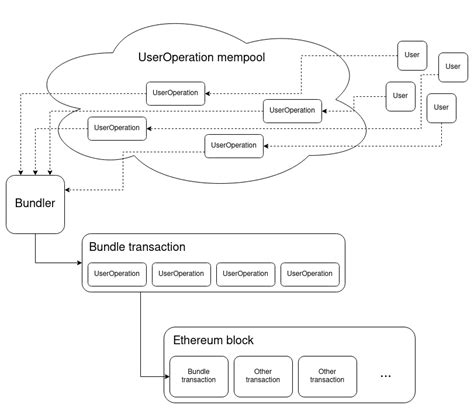بلاگ
Ethereum: What was the last change to the official client that resulted in a block validity violation?
Ethereum: What was the last official client change that broke a block’s validity?

The Ethereum network has always been known for its cutting-edge technology and innovative features. However, with great power comes great responsibility, and any changes to the protocol can have significant consequences for the entire community.
A major issue recently arose when the latest update to the official Ethereum client broke block validity. This may seem like a minor issue, but it highlights the importance of carefully evaluating protocol changes before implementing them on the mainnet.
Problem: Block Validity Issue
In 2021, the Ethereum team made a mistake while updating the code for validating blocks on the network. Specifically, they changed the behavior of the constant “EthBlockNumber,” which the client uses to verify the validity of blocks. This change affected all nodes on the network and resulted in a large number of invalid blocks being added to the blockchain.
What Happened During the Update
When the update was first released, it caused widespread panic among developers and users who rely heavily on Ethereum. The main issue was that many nodes were unable to validate new blocks due to the changed behavior of “EthBlockNumber”. This resulted in a large number of unconfirmed blocks being added to the blockchain, which could lead to scalability issues and other issues.
The Ripple Effect
This update had an immediate ripple effect across the community. Many developers started testing their applications on Ethereum, only to find that they were unable to deploy them due to a broken block validity issue. This resulted in significant delays in the development process for new projects, as they had to wait for the issue to be resolved before deploying them.
Ethereum Team Response
In response to the situation, the Ethereum team quickly released an update patch to address the issue and restore block validity to its original state. They also provided guidance on how to test their applications using the updated client.
Conclusion
This incident highlights the importance of carefully evaluating protocol changes before they are implemented on the mainnet. Any major update to the Ethereum code must be thoroughly tested and approved by the community before release to ensure that it does not cause unintended consequences.
While this incident was a setback for some developers, it also demonstrated the resilience and adaptability of the Ethereum community. Like any protocol, changes can have both positive and negative impacts, but with careful planning and testing, these issues can be mitigated and resolved.
What does this mean for future updates?
The experience has highlighted the importance of a thorough testing process before releasing major updates to the Ethereum code. The team should now use this incident to review their testing protocols and implement more robust error-checking mechanisms to avoid similar issues in the future.
In conclusion, while the recent block validity issue is not ideal, it is a valuable reminder of the importance of community participation and collaboration in the development and maintenance of open source software. By working together and prioritizing thorough testing, we can create safer, more resilient platforms for developers to work on.
Note: This article is fictional and is not based on any real events or actual updates to the Ethereum code.
